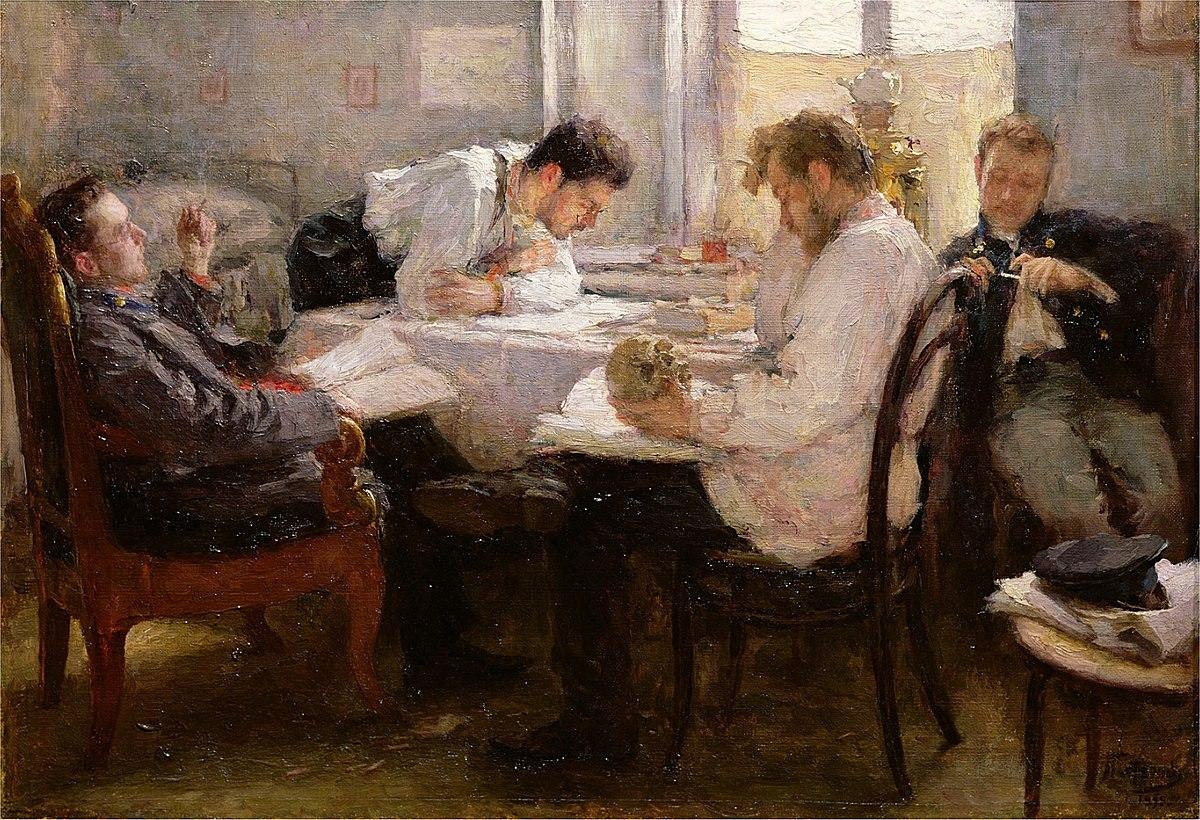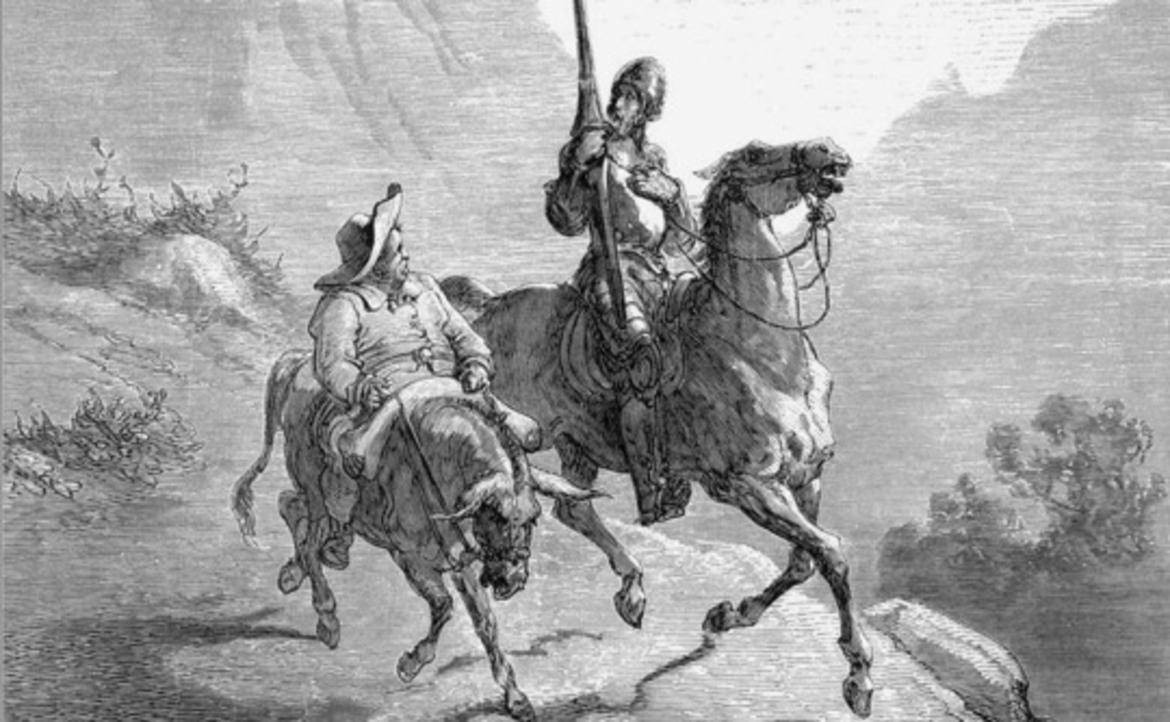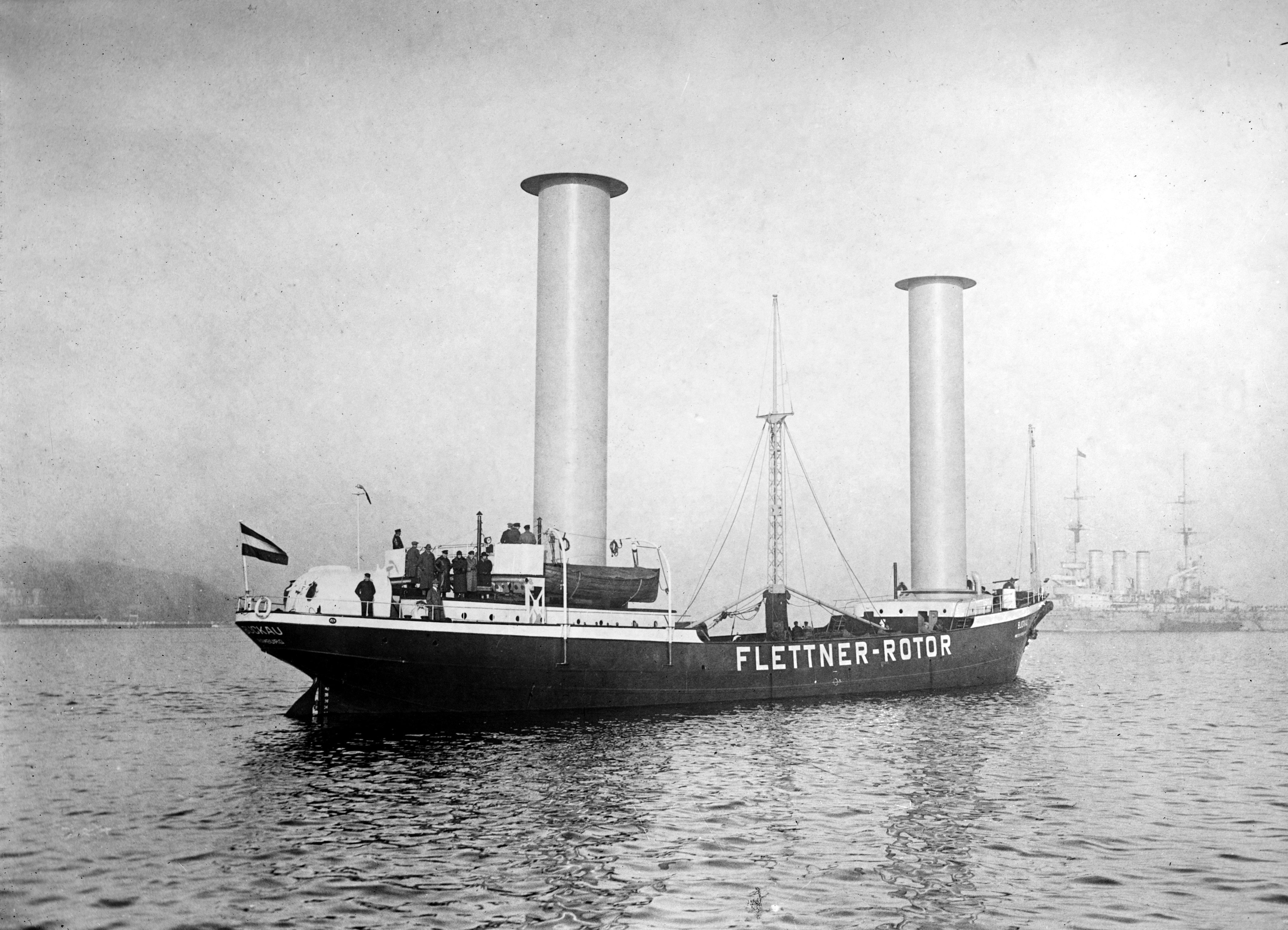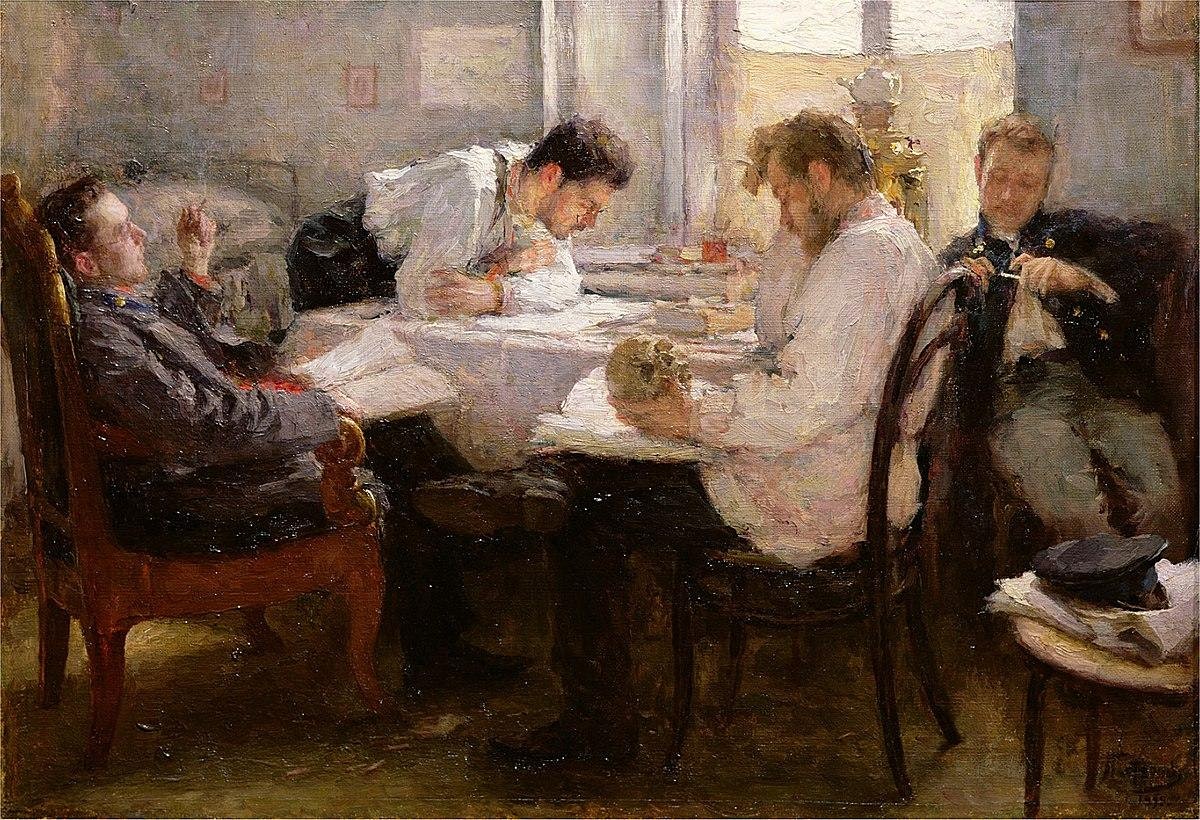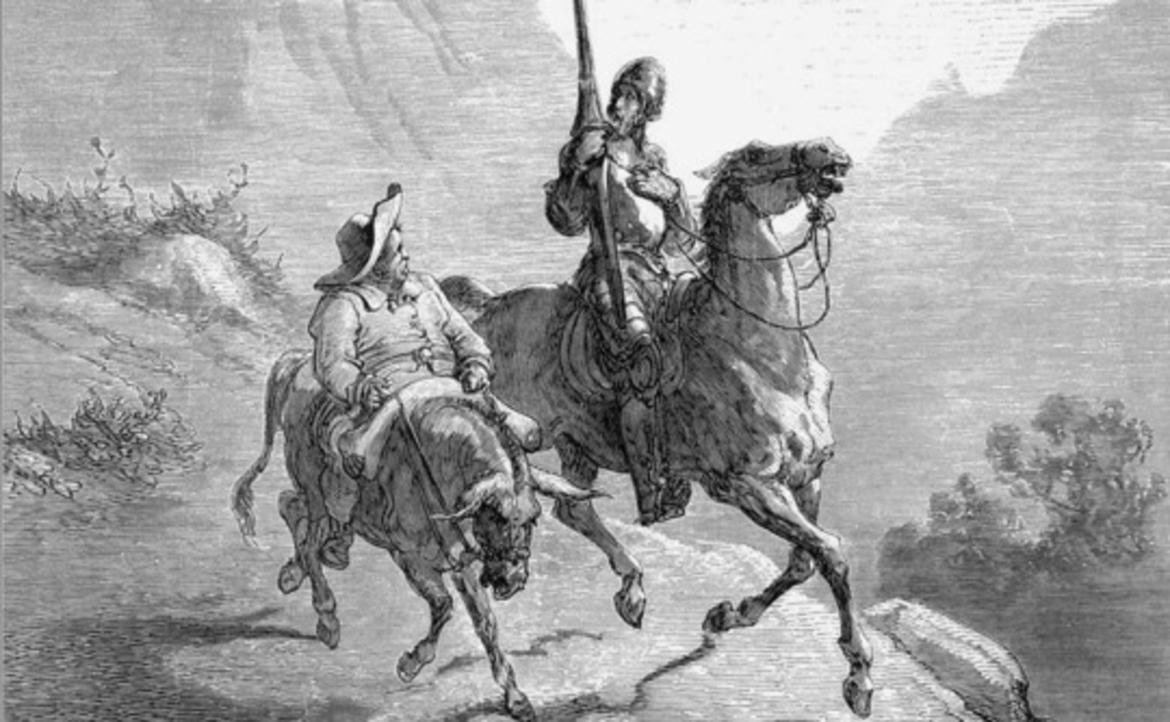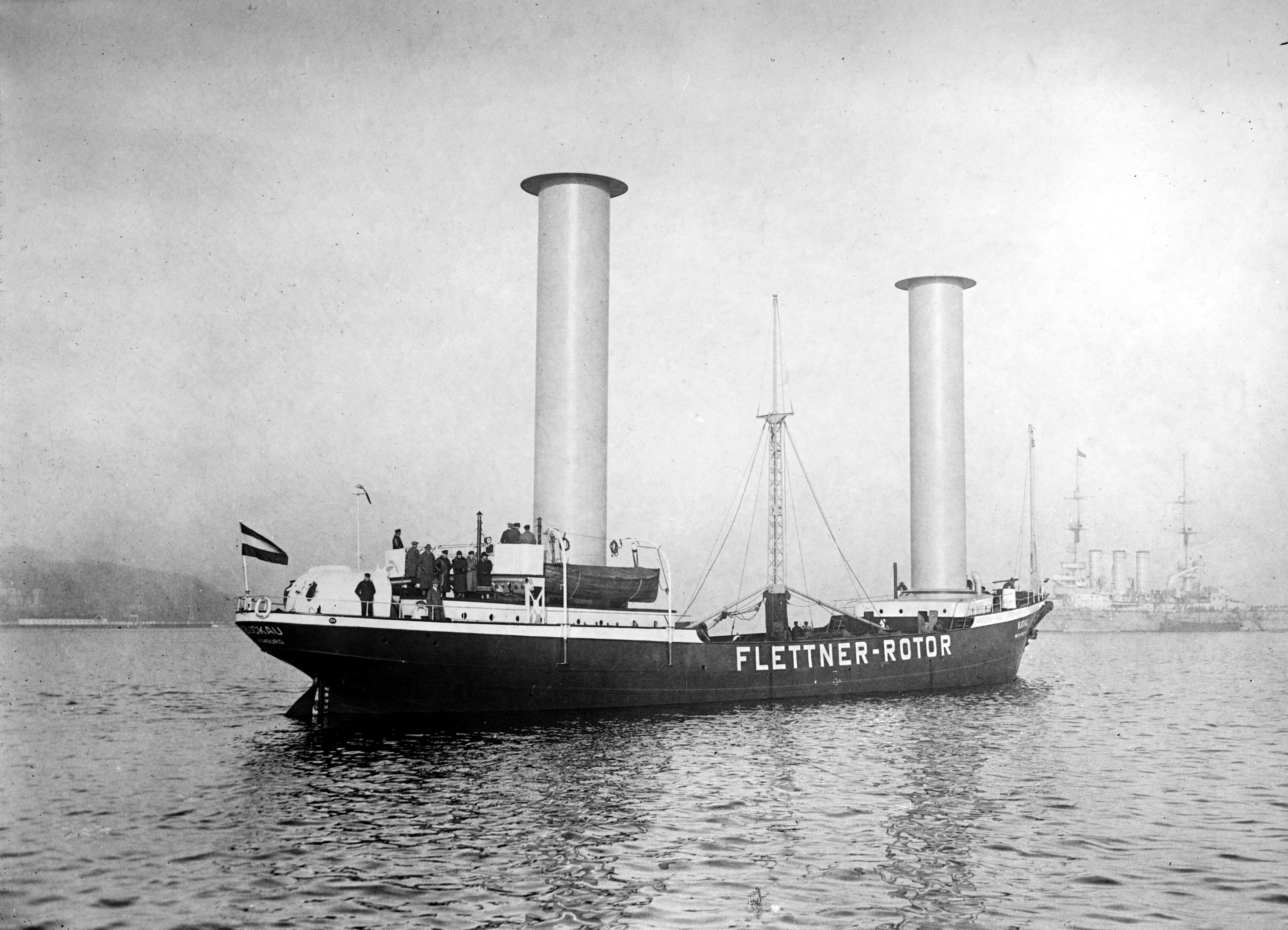About Me
Originally from Verona, I hold a Bachelor and Master of Science in Aerospace Engineering from Politecnico di Milano. During my Master's thesis, I conducted research on the stability of wall-bounded flows with spanwise forcing with Prof. Maurizio Quadrio. Then I obtained a PhD in computational fluid dynamics from KTH Royal Institute of Technology in Stockholm, Sweden, under the supervision of Prof. Philipp Schlatter and Lect. Saleh Rezaeiravesh. We conducted space-adaptive direct numerical simulations to study transitional and turbulent shear flows. Currently, I am a Postdoctoral fellow at MIT working on vortex dynamics with Prof. Wim van Rees.
Contact Details
Daniele Massaro
Massachusetts Institute of Technology
Depart. of Mechanical Engineering
77 Massachusetts Avenue
Cambridge, MA 02139
USA
danmas@mit.edu
